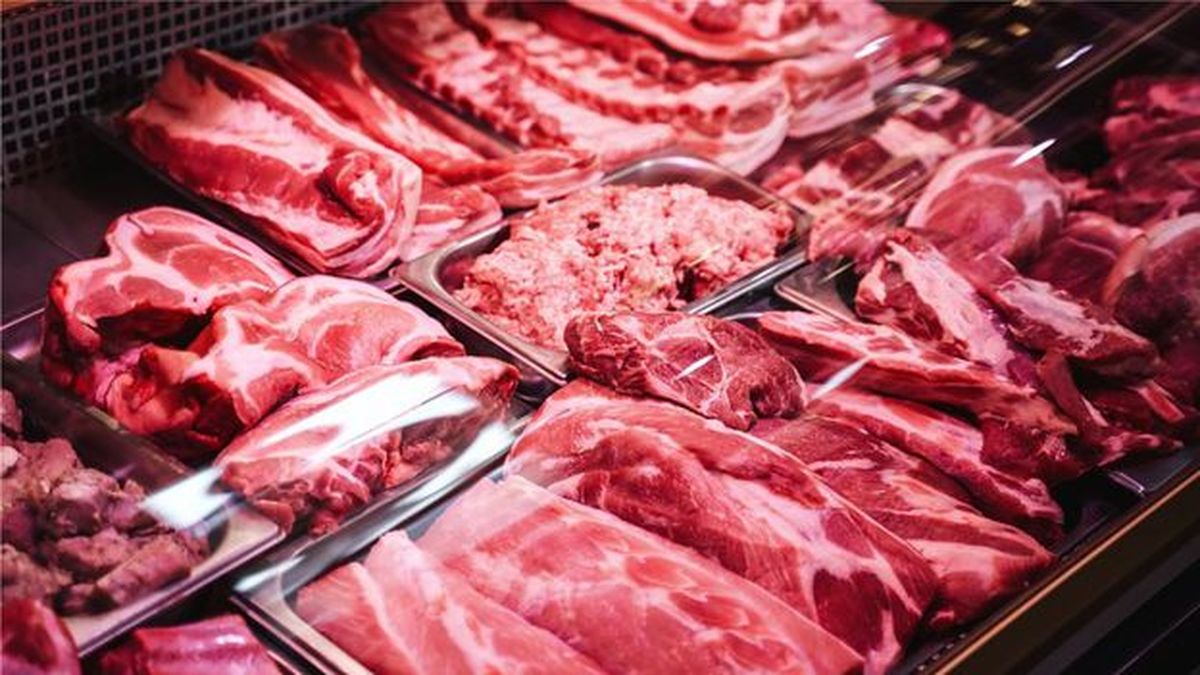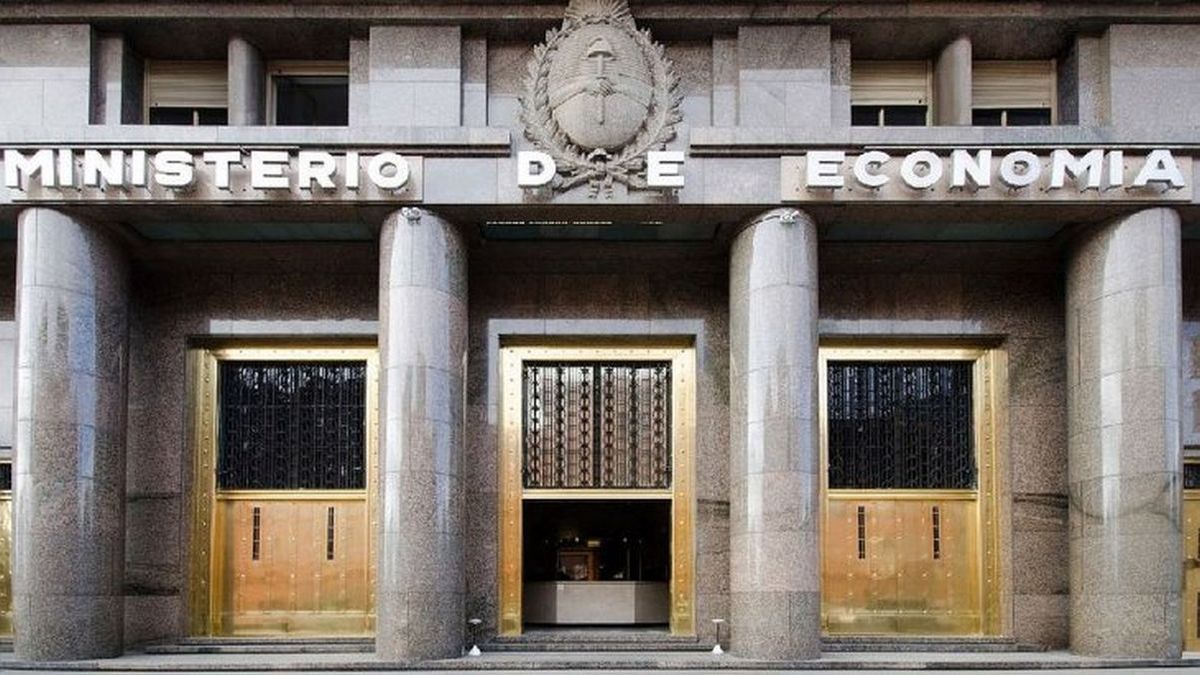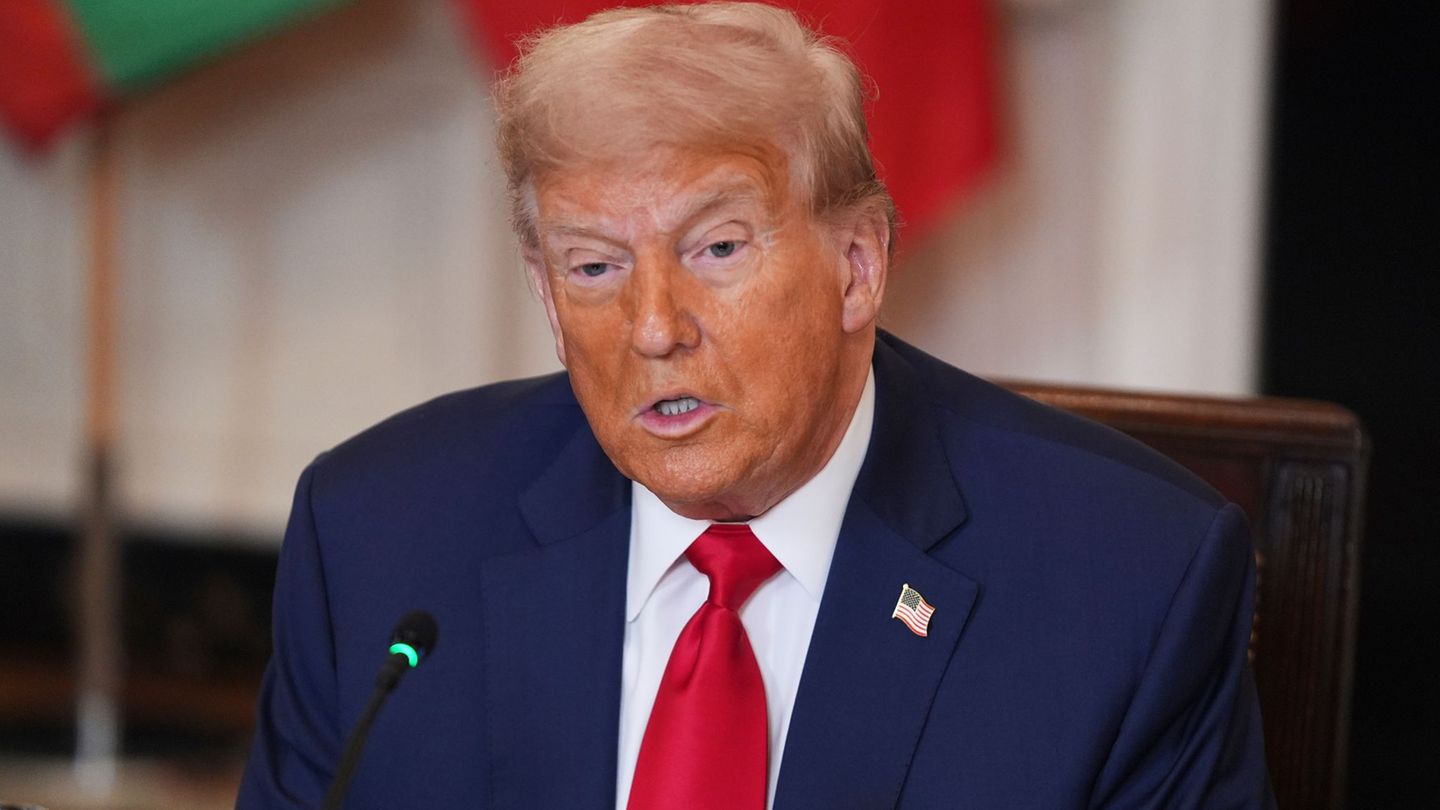The REM precedes the CPI of the National Institute of Statistics and Censuses (INDEC) that will be published next Tuesday, February 15. According to the Argentine Beef Production Institute (IPCVA), January’s increase shows a slowdown compared to the increases in December and November last, when prices jumped 9.7% and 10.8%, respectively, more than tripling the general inflation of those months.
According to a report from the Rosario Livestock Market (Rosgan), the rise of more than 20 percentage points in November and December responds to the “accumulated delay against inflation” in previous months.
Between July and October of last year, beef not only did not increase above inflation (as had been the trend in the first half of 2021), but its prices accumulated a decrease of 2.9%.
The fall in meat prices had occurred after the Government implemented limitations on its export last June, allowing it to export a volume equivalent to 50% of what was sent abroad in 2020. This scheme, after successive flexibilizations, was eliminated at the beginning of the current year, maintaining the prohibition to dispatch seven grill cuts for internal consumption.
Despite the decline in the second half of the year, meat prices closed 2021 with a rise of 53.7%, 2.8 percentage points above inflation of 50.9%. The relative stability of the values in January may respond to a seasonal “behavior pattern”, explained Rosgan.
“From March until the middle of the year, andhe price of beef accumulates the highest monthly increases while, during the second semester, the adjustments are usually lower than the average, a situation that in several years leads to price delays“, indicated the Rosario entity.
Then, towards the end of the year, the “second period of greatest annual adjustment” usually occurs, which began, according to Rosgan, to “settle more firmly in recent years.”
He also pointed out that, despite the lack of fat cattle to supply the domestic market -for reasons that include low income to feedlots, the cost of food and lower conversion rates-, said problem still does not seem to have been transferred to prices in the counter, due to lower overall consumption of meat.
In this sense, and with the aim of moderating consumer prices, the Government launched the Care Cuts program, which came into effect yesterday. The program, which It will be in force throughout 2022, and involves the marketing of seven of the main cuts of beef at agreed prices throughout the country.
The cuts can be found in the large supermarket chains (point of sale that, according to the IPCVA, registered the highest increases in January, averaging 6%); and the butchers belonging to the Union of the Argentine Meat Industry (UNICA) and the consortium of Argentine meat exporters ABC.
Source: Ambito
David William is a talented author who has made a name for himself in the world of writing. He is a professional author who writes on a wide range of topics, from general interest to opinion news. David is currently working as a writer at 24 hours worlds where he brings his unique perspective and in-depth research to his articles, making them both informative and engaging.




